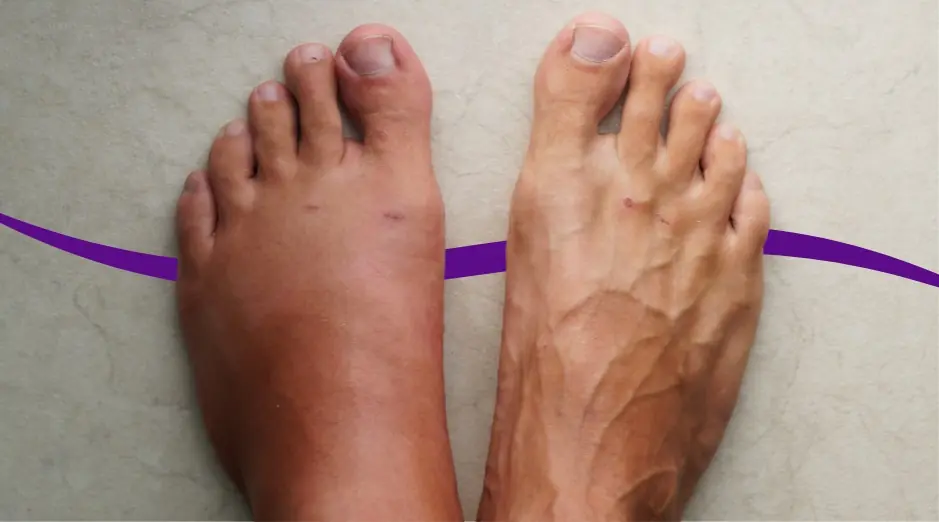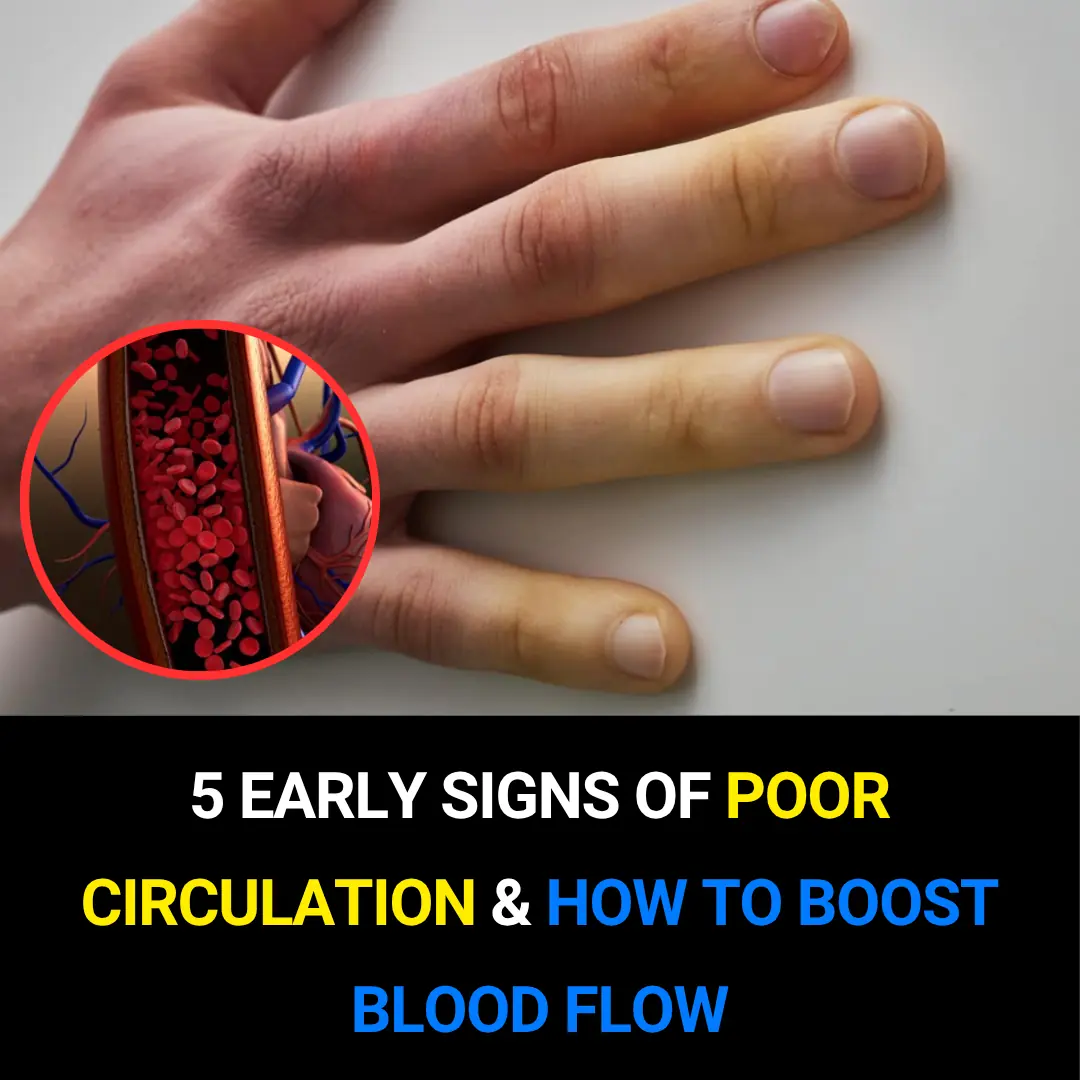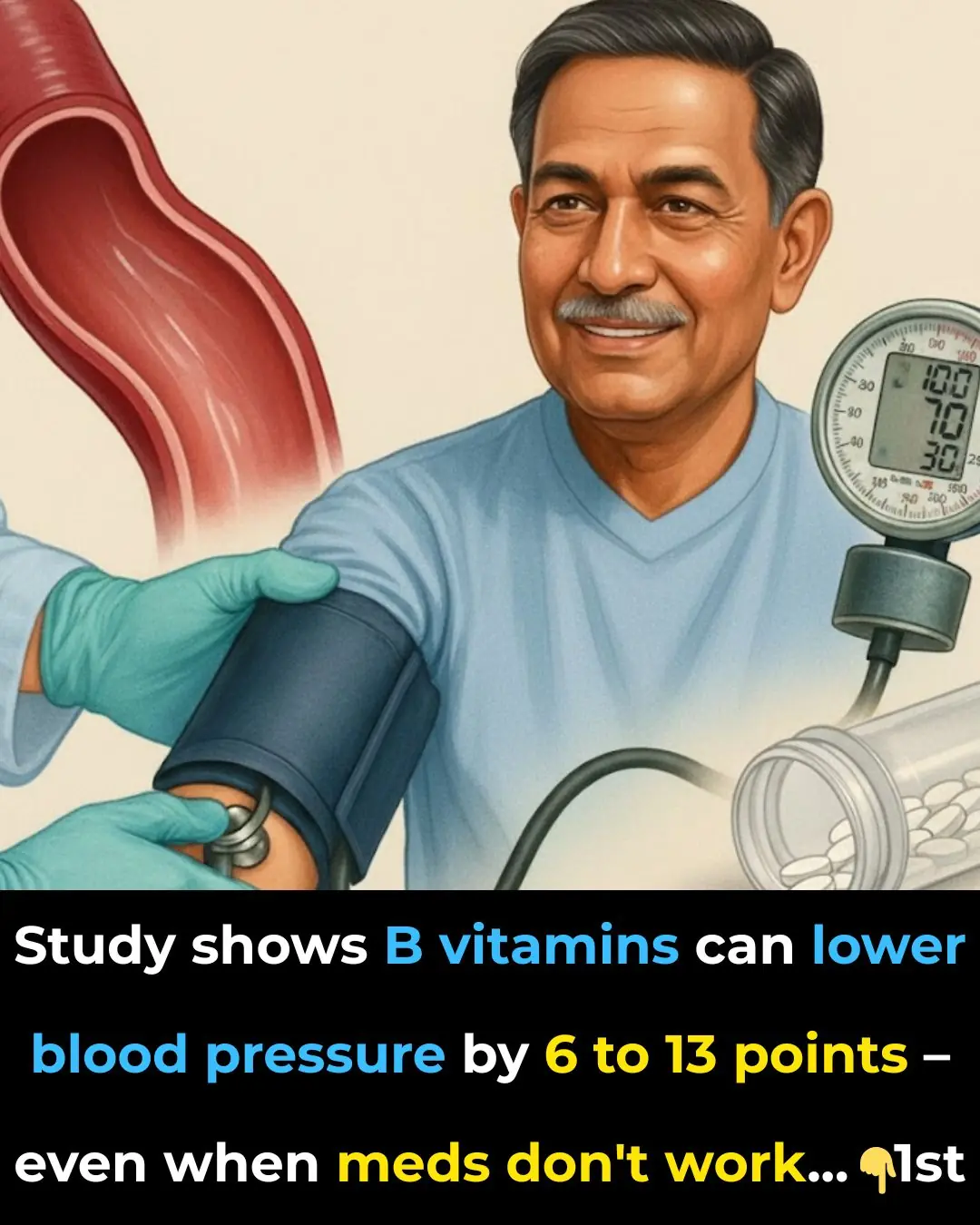
Don’t ignore your legs: the surprising early signs of pancreatic cancer

Did you know that one of the first clues for a deadly cancer might not be in your abdomen, but in your legs? It sounds strange, but it’s true. We’re talking about pancreatic cancer, an illness often called the “silent killer” because its symptoms are typically vague and non-specific until the disease is very advanced. By the time most people are diagnosed, the cancer has often spread, making it incredibly difficult to treat. But what if your body was sending out warning signals much earlier, in a place you’d least expect?
When you think of pancreatic cancer, you probably think of symptoms like stomach pain, jaundice, or unexplained weight loss. And you’re right, those are the classic signs. However, a growing body of research and clinical observation shows that for some people, the very first indication of trouble is happening in their legs. These aren’t just random aches and pains; they are specific symptoms that can point to a serious underlying issue. Understanding these signs is absolutely critical because, with a disease as aggressive as pancreatic cancer, every single day counts. Recognizing an early warning could give you the head start you need to seek medical evaluation, get a diagnosis, and begin treatment when it’s most effective. In this article, we’re going to take a deep dive into these surprising leg symptoms, explain exactly why they happen, and cover the other early signs you need to be aware of.
Key Takeaways
- Pancreatic cancer is notoriously difficult to detect early, which is why it has one of the lowest survival rates of all major cancers.
- Your legs can provide some of the earliest warning signs. These symptoms are often related to a condition called Deep Vein Thrombosis (DVT), or a blood clot in a deep vein.
- The four key leg symptoms to watch for are persistent and unexplained pain, sudden swelling (edema), patches of redness or discoloration, and a feeling of warmth in the affected area.
- These symptoms occur because pancreatic cancer can create a “hypercoagulable state,” meaning it makes your blood thicker and much more likely to form clots.
- While leg symptoms are an important clue, it’s also vital to know the other early signs, such as persistent abdominal or back pain, jaundice, unexplained weight loss, and new-onset diabetes.
- If you experience these symptoms, especially in combination or without a clear cause, it is crucial to consult a healthcare professional for a proper evaluation.
1. Persistent and Unexplained Leg Pain
When we talk about leg pain, it’s easy to dismiss it. You might think you overdid it at the gym, slept in a funny position, or are just feeling the effects of getting older. But the pain we’re discussing here is different. It’s a persistent, often throbbing or cramping pain that doesn’t have an obvious cause. It’s typically located in one leg, most commonly in the calf, and it doesn’t go away with rest.
This type of pain is a hallmark symptom of Deep Vein Thrombosis (DVT). A DVT is a blood clot that forms in one of the large, deep veins of your body, usually in the lower leg, thigh, or pelvis. So, what does this have to do with your pancreas? Cancers, and pancreatic adenocarcinoma in particular, are notorious for releasing substances into the bloodstream that make your blood more prone to clotting. This condition is sometimes called Trousseau’s syndrome of malignancy. The cancer cells release procoagulant factors that create a “hypercoagulable state,” essentially making your blood stickier and more likely to form dangerous clots. For a significant number of people, an unprovoked DVT is the very first sign that a hidden cancer is growing in their body. Therefore, if you develop a persistent, nagging pain in one of your legs that you can’t explain, don’t just ignore it or hope it goes away. It’s a serious signal that needs to be investigated.
2. Sudden Swelling in One Leg (Edema)
Alongside the pain, one of the most common signs of a DVT is swelling, also known as edema. This swelling occurs because the blood clot is acting like a dam in your vein. Blood that is trying to return to the heart gets backed up behind the clot, and the increased pressure forces fluid to leak out of the vein and into the surrounding tissue. This is why the swelling is almost always unilateral, meaning it affects only one leg—the one with the clot.
The swelling can be significant and may make your leg feel heavy and tight. You might notice that your sock or pant leg feels much tighter on one side. A tell-tale sign of this type of swelling is “pitting edema.” This is when you press your finger firmly into the swollen area for a few seconds and, after you remove it, an indentation or “pit” remains in the skin. While DVT is the most common cause related to pancreatic cancer, in rarer cases, swelling in both legs can occur if a very large tumor in the abdomen is physically pressing on a major blood vessel, like the inferior vena cava, obstructing blood flow from both legs.
3. Redness or Discoloration of the Skin
If you have a DVT, you may notice that the skin over the affected area looks red, or sometimes has a bluish or purplish tint. This discoloration is a sign of inflammation. Your body recognizes the clot as a foreign object and mounts an inflammatory response to try to deal with it. This process involves increasing blood flow to the area, which causes the visible redness on the skin’s surface.
The skin may also feel tight and look shiny. This redness, combined with the pain and swelling, forms a classic triad of symptoms for DVT. It’s a clear visual cue that something is wrong with the circulation in your leg. If you see a patch of red, swollen, and painful skin on your calf or thigh, it warrants an immediate call to your doctor or a trip to an urgent care center.
4. A Feeling of Warmth in the Affected Area
The final key leg symptom is a distinct feeling of warmth. Just as the inflammatory response causes redness, it also generates heat. The increased blood flow to the site of the clot makes the skin in that specific area feel noticeably warmer to the touch compared to the surrounding skin or the other leg. You might not feel a fever throughout your body, but this localized warmth is a very specific sign of inflammation and trouble in that limb.
When you experience this cluster of four symptoms—pain, swelling, redness, and warmth—your body is sending a very loud and clear signal. It’s a potential DVT, and that DVT could be the first sign of a serious underlying condition like pancreatic cancer. Furthermore, a DVT carries its own immediate risks. If a piece of the clot breaks off, it can travel through your bloodstream to your lungs and cause a pulmonary embolism (PE), a life-threatening blockage. Symptoms of a PE include sudden shortness of breath, sharp chest pain (especially when you breathe in), and coughing up blood. This is why these leg symptoms must be taken so seriously.
5. Other Critical Early Signs of Pancreatic Cancer
While the leg symptoms are a crucial and often overlooked early warning, it’s also important to be aware of the more traditional signs of pancreatic cancer. Sometimes these appear alongside the leg symptoms, and sometimes they appear on their own.
- Abdominal or Back Pain: This is often a dull, gnawing pain in the upper abdomen that can radiate through to your back. It might be persistent or come and go, and it often gets worse after eating or when you’re lying down. This pain is caused by the tumor pressing on surrounding organs and nerves.
- Jaundice: This is a yellowing of the skin and the whites of the eyes. It happens when a tumor at the head of the pancreas blocks the bile duct. Bile, a fluid made by the liver to help with digestion, backs up into the bloodstream, and a yellow pigment in the bile called bilirubin gets deposited in the skin. Jaundice is often accompanied by very dark urine (the color of tea or cola) and pale, greasy, foul-smelling stools that float.
- Unexplained Weight Loss and Loss of Appetite: Losing weight without trying is a major red flag for many cancers, including pancreatic cancer. The cancer can alter your body’s metabolism, causing it to burn calories faster. It can also interfere with the pancreas’s ability to produce enzymes needed for digestion, leading to poor nutrient absorption and a feeling of fullness even after eating very little.
- New-Onset Diabetes: Suddenly developing type 2 diabetes later in life, especially if you don’t have other risk factors like a family history or being overweight, can be an early sign of pancreatic cancer. The cancer can damage the insulin-producing cells of the pancreas, leading to high blood sugar. If you are over 50 and receive a new diabetes diagnosis, it’s worth discussing your risk for pancreatic cancer with your doctor.
Conclusion
Your body has an incredible ability to send you signals when something is wrong, but those signals are only useful if you know how to interpret them. Pancreatic cancer’s reputation as a “silent killer” is due in large part to the fact that its early symptoms are either subtle or, as in the case of leg symptoms, seemingly unrelated. By understanding that persistent pain, swelling, redness, and warmth in one leg can be a sign of a DVT potentially caused by an underlying cancer, you empower yourself with life-saving knowledge.
Never dismiss unexplained changes in your body. If you are experiencing any of the leg symptoms we’ve discussed, or any of the other early signs of pancreatic cancer, please do not wait. Schedule an appointment with your healthcare professional to get it checked out. It may turn out to be nothing serious, but it could also be the first and most important step in catching a dangerous disease at a more treatable stage.
News in the same category


Stroke and Heart Attack Often “Target” These People: 7 Things You Must Do Before It’s Too Late

Doctor Finally Explains the Secret Effect of Eating One Banana a Day

THE NATURAL FIX THAT FINALLY GOT RID OF MY SWOLLEN FEET

10 signs you're not drinking enough water

Drinking Water the Right Way

7 best foods to rebuild your muscle strength after 50

Texas Doctor Reveals A “Miracle Mineral” That Soothes Nerve Pain

13 Early Warning Signs of Lupus You Need to Know (And What To Do The Moment You See Them)

Foods Adding Inches To Your Waistline

This Is What Science Says About Eating a Banana for Breakfast

5 Early Signs of Poor Circulation (and How to Boost Blood Flow)

How Cancer Travels Through the Lymphatic System—and Ways to Keep It Strong

How to Make Alkaline Water to Fight Fatigue, Digestive Issues, and Disease

Your Legs Have a “Second Heart” — And One Simple Move Can Reactivate It Fast

A neurosurgeon says your legs could predict dementia years before memory loss

Simple Homemade Cough Syrup Removes Phlegm From The Lungs

The B vitamin solution: lower blood pressure when medications fail

The #1 habit that’s destroying muscle in older adults—are you doing this?
News Post

Put this thing in a lemon and put it in the corner of the house

Cut up your old jeans instead of junking them. Here are 10 ways to repurpose them

Put raw chicken drumsticks in a slow cooker with these 3 ingredients. You’ll want it every night.

Easy Clove Cultivation: From Seed to Spice

7 Benefits and Uses of Castor Oil

Zachary Levi dishes on being ‘graylisted’ by Hollywood for his beliefs

Inside Gabby Logan’s marriage to husband Kenny Logan – sex-less marriage; affair allegations; wedding day disaster

Concerns for Lisa Snowdon as she admits ‘a few things need investigating’ following scan

Davina McCall reveals she’s been diagnosed with breast cancer in emotional video message

The Amazing 7 Benefits of Cucumber Peels — You’ll Never Throw Them Away Again!

My Nana’s 4-Minute, Zero-Work Hack to Freshen Carpets

Nana’s Timeless Jewelry Cleaning Trick That Actually Works

My nana taught me this hack to relieve joint pain in 5 mins with 0 work. Here’s how it works

10 Foods You Should Never Cook in Aluminum Foil — And Why It Could Be Dangerous

What Does This Little Mark On The Ear Mean

Stop Wasting Counter Space on These 10 Kitchen Appliances

Stop Wasting Money on These 10 Paper Products

Keyless Cars: What Every Driver Needs to Know

1 Minute to “Check Your Kidneys” at Home — See Instantly If They’re Strong or Weak
